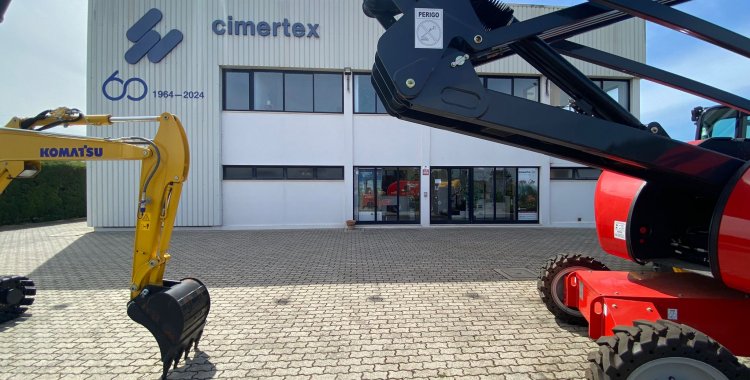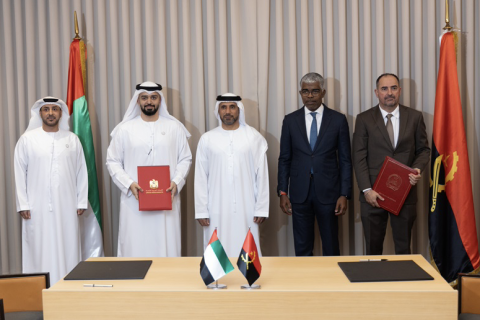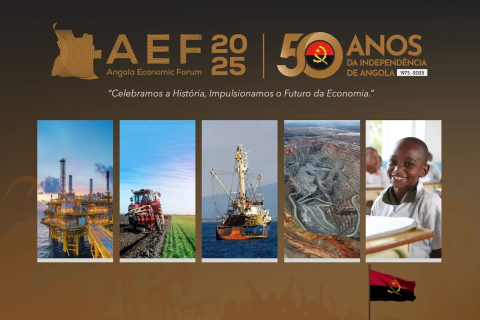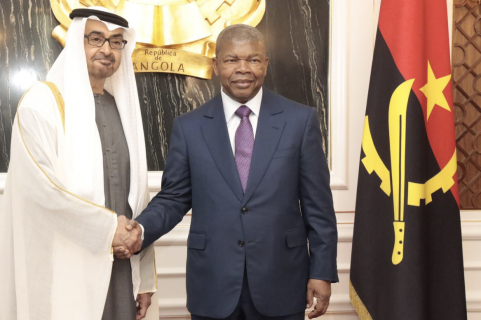In an interview with Lusa, the group's president, Miguel Oliveira, highlights that the objective is, at this moment, to consolidate rather than expand operations in Angola, in a scenario that requires “caution and prudence”.
In a situation where foreign currency is scarce and selling only imported equipment, Cimertex seeks to ensure that customers have access to foreign currency.
“Obviously, it is a factor that affects us, in the sense that, in addition to the sale itself, we have to secure the foreign exchange part, we have to ensure that there are conditions to be able to do the business and be able to pay the foreign supplier”, he highlights.
Cimertex Angola operates mainly in the public works segment and in the mining industry, which has been gaining prominence in recent years, driven by public policies to diversify sources of foreign currency, becoming the main sales driver.
“We have had very strong demand from the mining sector. This sector has been a real boom,” he said, revealing that the company has earned an average of $50 million per year over the past four years.
On the other hand, the leader of Cimertex admits interest in entering the rental segment in the future, but recognizes that the country does not yet offer the necessary logistical and cultural conditions.
"The customer demands proximity and immediate availability, something that is still difficult to guarantee in a country of this size," he says.
Angola currently represents around 30 to 35 percent of the group's turnover, which is also present in Cape Verde and Italy. But there have been years in which the weight of the Angolan market exceeded 50 percent.
Cimertex entered Angola in 1992, a turbulent period between the end of the civil war and the resumption of confrontations, which ended up being the first stage in the company's internationalization process.
In 1995, the company, which celebrated its 30th anniversary in the country this week, was officially established in Angola, maintaining a reduced activity in the first years.
The turning point came with the signing of the peace agreements in 2002 and the beginning of the country's reconstruction, which drastically increased the demand for heavy machinery.
“Until 2008, growth was so great that we were not prepared to meet so many requests”, admits Miguel Oliveira.
At that time, Cimertex invested in the construction of its own headquarters in Viana, which includes workshops, warehouse, technical training and stocks of parts and equipment.
The entry of the Japanese company Komatsu — one of the brands represented by the company, along with Sandvik and Bonga — into the capital of Cimertex, starting in 2013, is seen as an additional guarantee of trust.
“This is a participation that makes us very proud, because it means that the factory itself believes, supports and invests in what we do (…) which also gives the customer a degree of confidence in the supplier”, highlights Miguel Oliveira.
The company currently employs 170 workers in Angola, and has teams assigned to provide after-sales support in various regions of the country.
Over the next five years, it intends to stop depending on expatriate technicians in this segment, investing in the training of local staff, through internal training and partnerships with the National Institute of Employment and Professional Training (INEFOP) and other centers.
“More than 120 technicians have already passed through our training, many of whom are now part of our team,” said the group’s leader.
At this moment, the uncertainties in Angola and the world mean that Cimertex has the objective of consolidation for the next five years.
“We do not have the door closed to new challenges, but we are not actively seeking them. Any new geography requires investment and we, at this moment, prefer to channel resources into consolidating the market where we already operate,” concludes the president of Cimertex.







